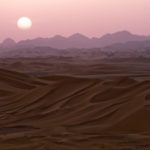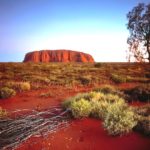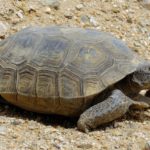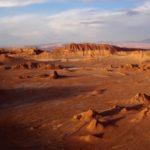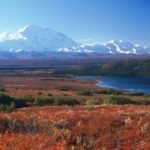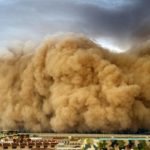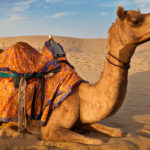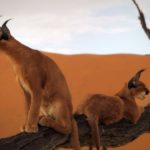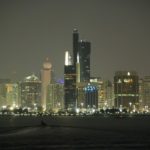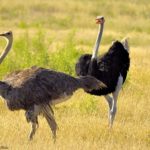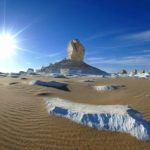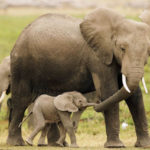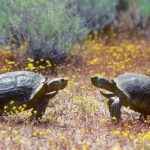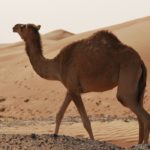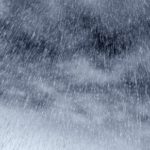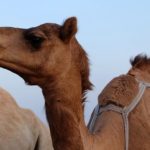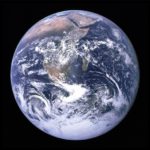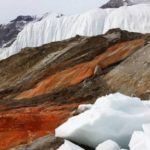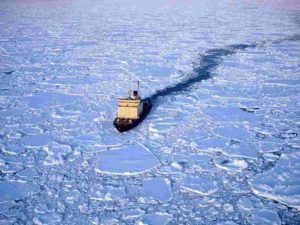Interesting facts about deserts
The desert is by no means a lifeless place to which it appears. At least, the sandy desert, which seems to us when we hear this word. After short rains, the desert is transformed literally before our eyes – both the flora and fauna are activated to have time to enjoy the life-giving moisture and absorb its strength. However, among the deserts there are also truly lifeless.
Deserts occupy about one fifth of the land surface on Earth, and half of this area falls on the dry deserts of Antarctica.
Once in the Sahara desert, the temperature was fixed at +58 degrees.
In the sandy desert in the daytime it is very hot, but at night it is cold, sometimes even frost falls.
In the hot sand in the desert in the afternoon it is quite possible to bake a chicken egg.
In the desert dust storms are born. Especially from these natural disasters is Australia.
Deserts continuously move, the dunes move on average at a speed of 7-10 meters per year.
Some dunes in sandy deserts reach two hundred to three hundred meters in height.
The world’s largest desert is located in Africa, the Sahara, its area exceeds 9 million square kilometers, which is only slightly less than the US area. By the way, scientists argue that once the territory where the Sahara is now located was very fertile.
In Brazil, there is a unique desert Lencois Maranensis, all riddled with lagoons with clear blue water. The spectacle is truly amazing – a combination of sand dunes and clear water.
The smallest desert is Carcross, located in Canada. Its area is only 2.6 square meters. kilometer.
In the US, New Mexico, is the world’s largest gypsum desert – White Sands. Its area exceeds 700 square meters. kilometers.
The largest solonchak desert in the world is called Uyuni Solonchak. It is located in the highland Bolivia, and, according to approximate estimates, contains about 10 billion tons of salt.
The most dry desert is Atacama, located in Chile. Here an average of about 1 millimeter of precipitation a year falls. It is so dry here that even on mountain peaks, at an altitude of 6.5 kilometers, there are no glaciers.
Sometimes in the desert of Takla-Makan located in Keita, it is snowing. Once he walked eleven days without interruption.
The Simpson desert in Australia is distinguished by the red color of the sand, so Australians usually call it simply “Red Desert”.
